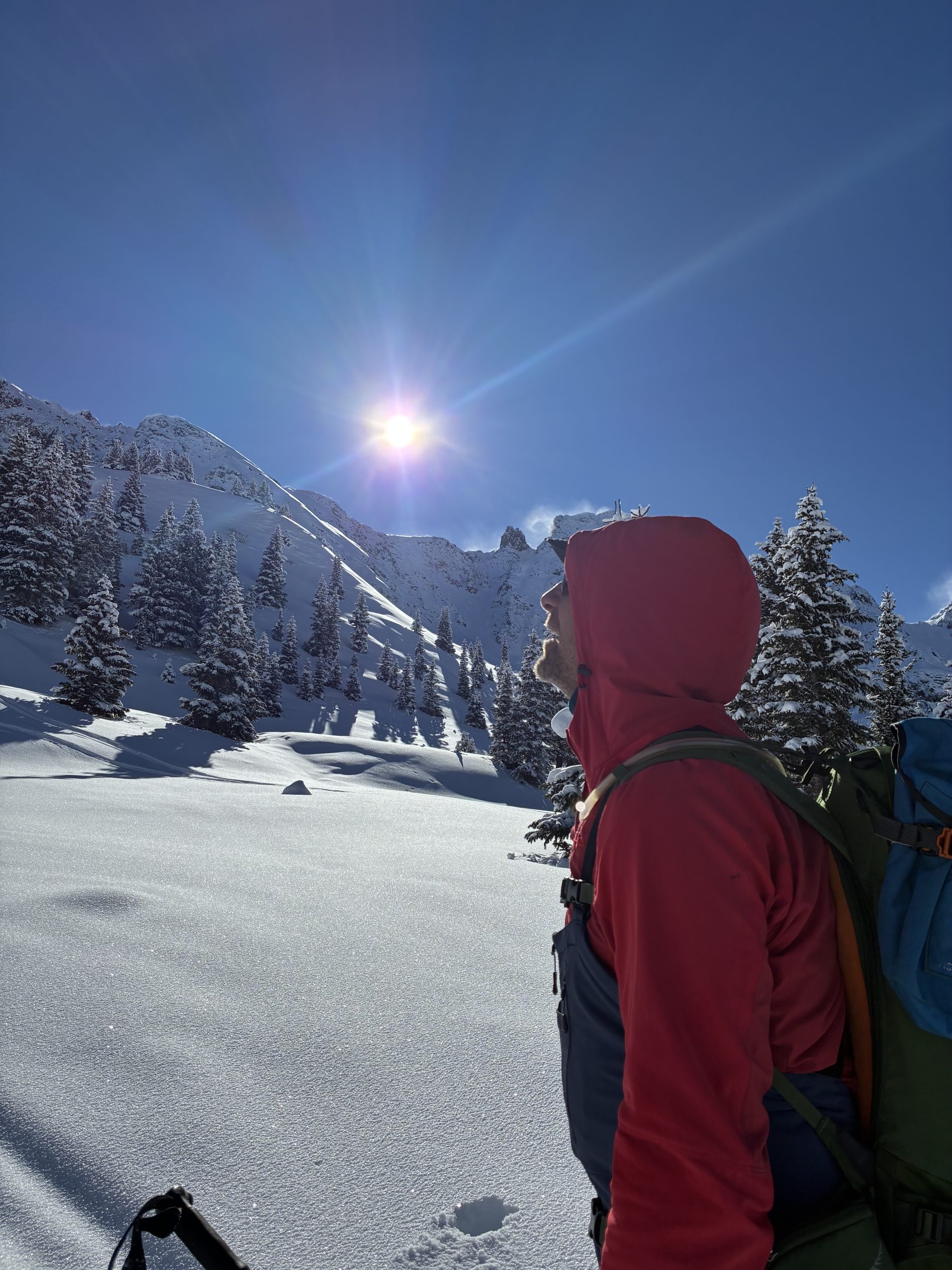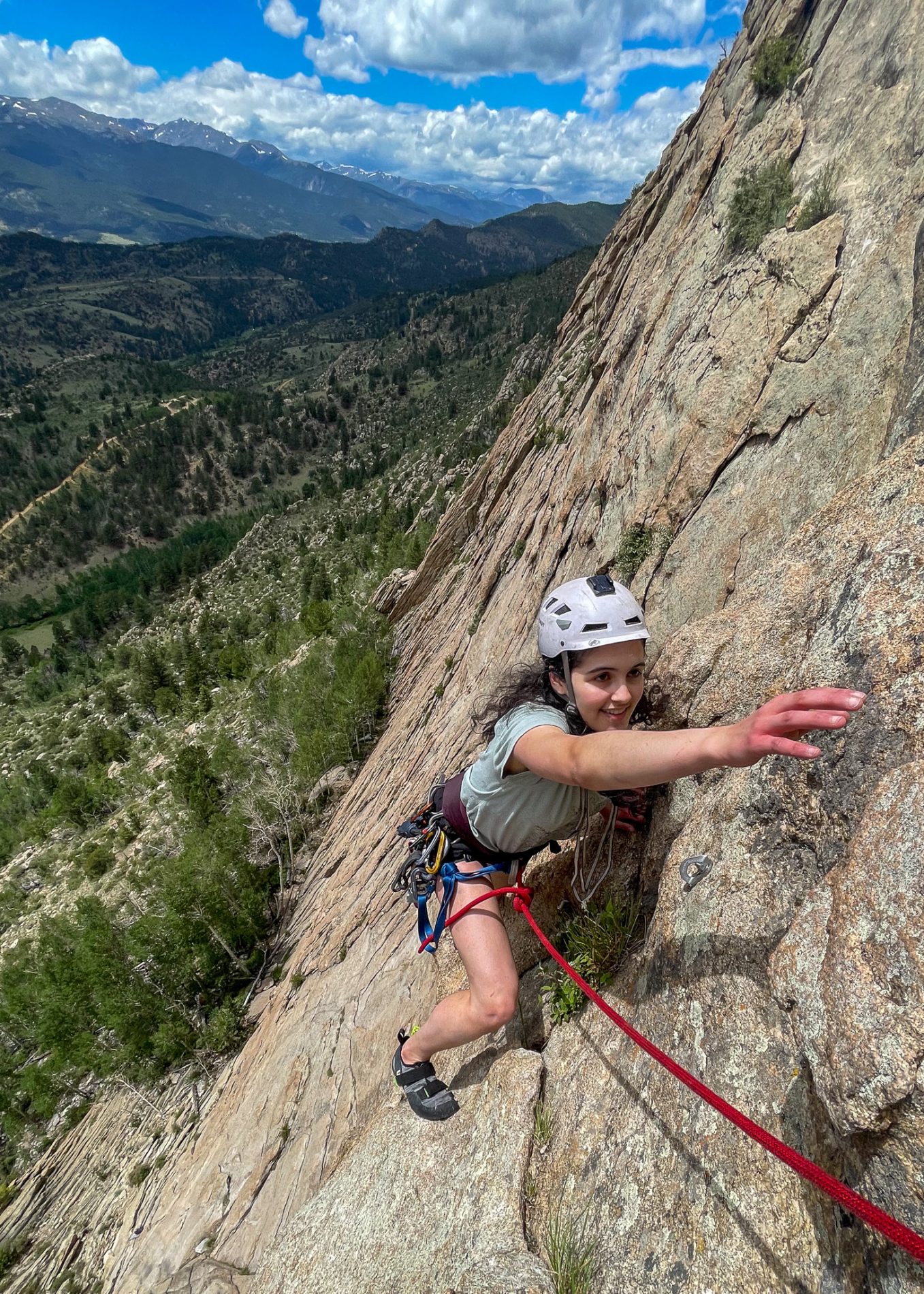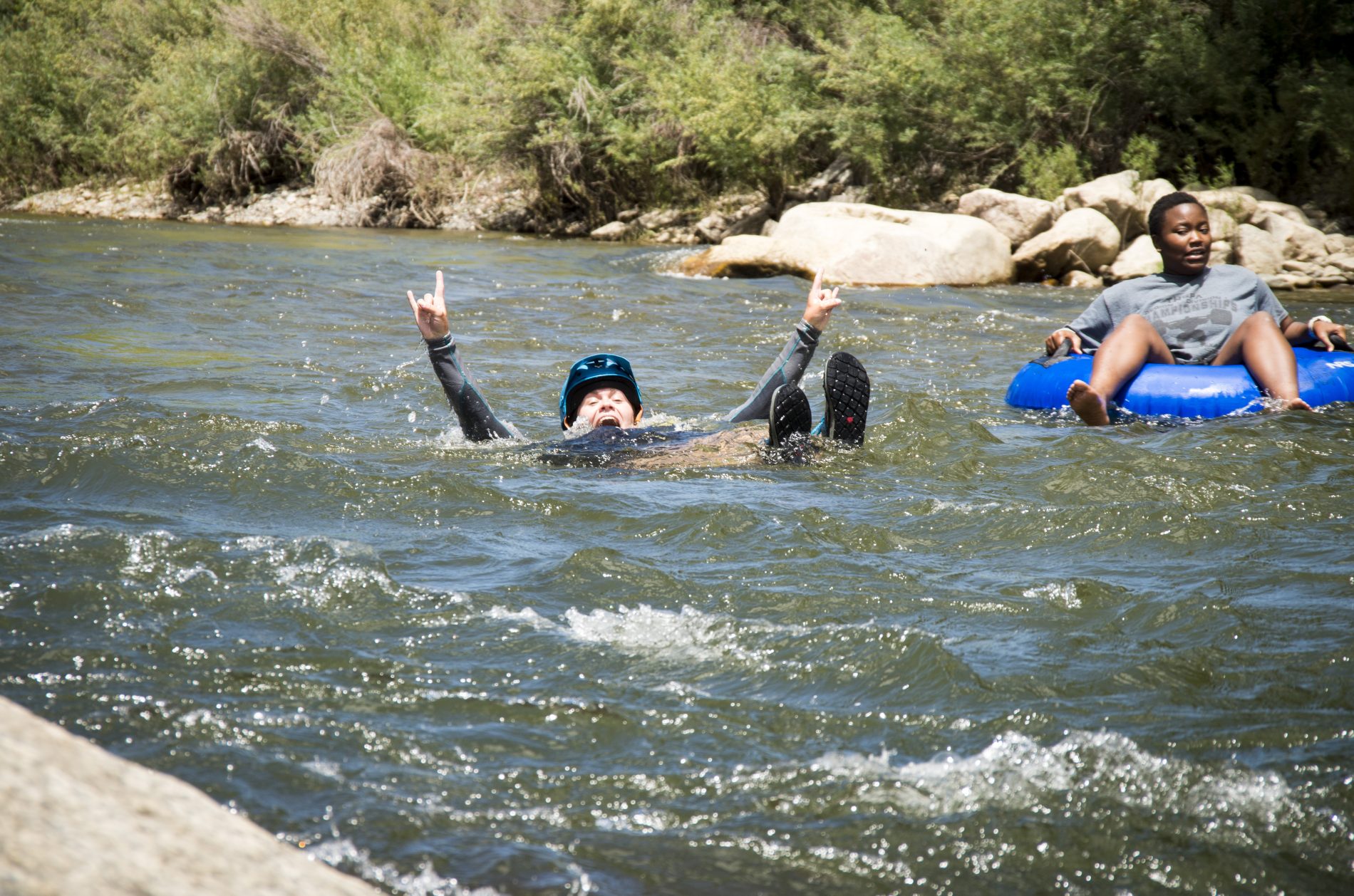
The Unique World of Rock climbing


The Unique World of Rock Climbing
Most outdoor recreation sports share one critical component, the use of gravity! Whether you are running a river, ripping a single track, or slashing fresh powder, most outdoor recreation sports rely on the act of descending for sports enjoyment. Even if you enjoy the challenge of an uphill bike ride or a well-set skin track, the activity intends to go downhill for the thrill and excitement of outdoor recreation. However, there is one outdoor sport whose sole enjoyment is ignited by the opposite force, the act of accession. Rock climbing is the black sheep of outdoor recreation sports because gravity isn’t a useful force but the competition to overcome. Gravity as an enemy instead of an adversary makes rock climbing unique. However, other elements make climbing so special.
Physical and Mental Challenges
Unlike many outdoor sports that primarily emphasize cardiovascular endurance or muscle strength, rock climbing demands a combination of both, alongside flexibility, agility, and cognitive problem-solving. Climbers must focus on micro details of rock features and textures while intuitively moving through ideal body positions to successfully climb. If a climber fails at route finding and body positioning, the climber succumbs to the only true competition, gravity. If a climber is on a top rope the consequences of falling are minimal if any. When lead climbing, the risk associated with falling can be detrimental and even fatal if done improperly. Rock climbing requires an immense amount of practice and training to successfully progress through the difficulties.
Risk Management and Safety
As mentioned, rock climbing inherently involves a high degree of risk, which climbers learn to manage through training and the use of specialized equipment like harnesses, ropes, and protective gear. Unlike other sports, rock climbing gear is required for sports participation but only if you fall. Unlike a kayak, a bike, or a set of skies, there is no necessary gear… as long as you don’t fall. The extensive amount of gear that climbers lug up rock faces is to protect themselves during the inevitable moment when they fall or to safely descend once the ascension is complete. This focus on safety, risk assessment, and trust in both equipment and partners adds a layer of complexity and seriousness not found in many other outdoor sports. While mountain biking, kayaking, or skiing also involves risk, the immediate consequences of a fall in climbing can be more severe, requiring climbers to be continually aware and cautious.
Diverse Disciplines and Styles
There are many different rock types and features that are location-dependent. This immense amount of diversity in terrain types and locations adds a level of complexity that isn’t seen in water or snow-based sports. More broadly speaking, climbing as a bigger category encompasses many types of ascension that require specific skills and techniques. From gym-based sport climbing to bouldering, traditional climbing, alpine ascents, mountaineering, and ice climbing, there are many ways to participate in the vertical realm. This diversity within the sport allows climbers to find their niche and continuously challenge themselves in new ways and new places.
Community and Culture
The climbing community is known for its camaraderie and supportiveness, fostering an environment where climbers of all levels encourage one another. This tight-knit culture is often a draw for newcomers, providing a sense of belonging and shared passion. As discussed, climbing takes a lot of training to understand the complex safety systems involved. These skills have traditionally been shared through mentorship and community relationships that reflect generations of refinement. While other outdoor sports have communities, the reliance on partners and mentors for belaying and safety in climbing creates a bond and level of trust that is particularly unique.
Conclusion
Outdoor sports like skiing, kayaking, and biking follow suit with climbing in that they have no external or existential purpose aside from the physical and mental challenges. Because of this, climbing is not superior or inferior to the rest but it does have unique characteristics that excite only the daring few who claim to be climbers. From the mental and physical components to the high degree of risk and the diversity of styles, climbing is an awesome activity that should be attempted by everyone. As with any outdoor sport, it is critical to gain the skills and training that is necessary to safely participate in. The Rocky Mountain Outdoor Center offers many opportunities to learn how to climb with trained and certified guides.
Do you already know how to climb, but want to advance your skills or climb a local multipitch? Our guides can accommodate advanced lessons and technical summits!


